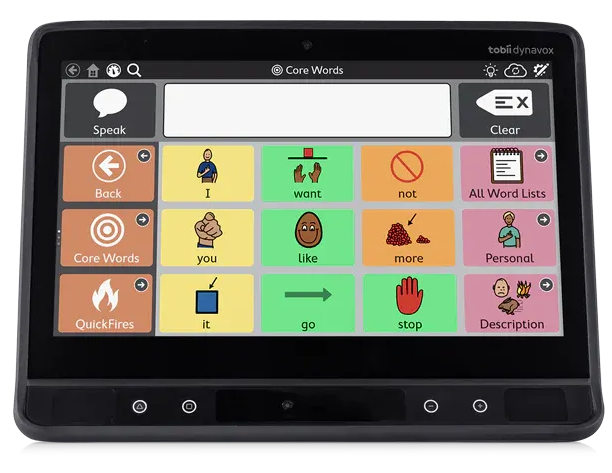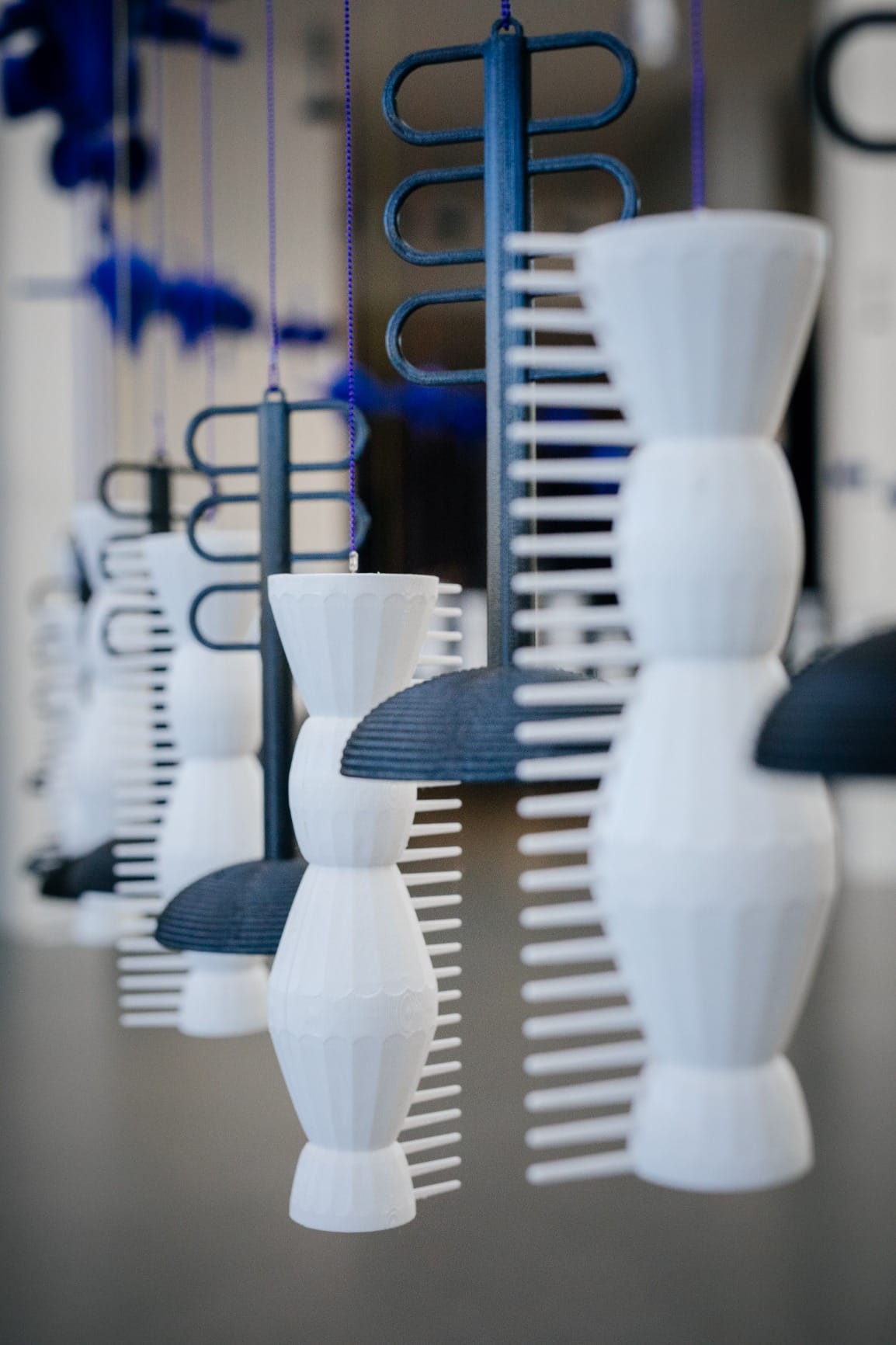The symbiotic relationship between design and technology has never been more pronounced than it is today. Designers have long acted as agents of change, shaping our lives through innovative products, unique perspectives, and groundbreaking services. The influence of their creations, whether in the form of iconic designs that reshape entire industries or deeply personal transformations, is felt globally and intimately. Yet, the far-reaching consequences of these designs, both anticipated and unforeseen, continue to challenge our understanding of their impact.
Some designs are so transformative that their effects ripple across the globe, leaving an indelible mark on industries and societies. Take, for example, the motorcar and the shipping container—two iconic designs that have fundamentally altered the course of human history. The motorcar, with its invention dating back to the late 19th century, heralded a new era of transportation and mobility. Henry Ford's pioneering assembly line approach made cars affordable and accessible to the masses, revolutionizing personal mobility and the landscape of cities and infrastructure. The design of the motorcar shaped our modern world, changing how we live, work, and connect.

Similarly, the seemingly mundane shipping container has had a profound impact on global trade. Invented by Malcolm McLean in the mid-20th century, the standardized container revolutionized the shipping industry by streamlining logistics and reducing costs. It made it possible to transport goods seamlessly from one side of the world to the other, transforming commerce and economies on a global scale. These designs serve as powerful reminders of how design can act as a catalyst for far-reaching change. They demonstrate that innovation in design can reshape entire industries and redefine the way we live our lives.
While some designs have global significance, others have a more intimate and personal impact. These designs touch the lives of individuals in profound ways, sometimes altering the course of their existence. For example, the design of augmentative and alternative communication (AAC) devices or speech-generating devices (SGD), such as "Tobii Dynavox" can facilitate individuals with congenital disabilities to communicate with the world.The design of these systems often includes a tablet-like device with specialized software and may use touchscreens or eye-tracking technology to allow users to select words, phrases, or symbols to generate speech. Users can customize these devices to meet their specific communication needs, and they are particularly helpful for individuals with conditions that affect their ability to speak, such as non-verbal autism or motor disabilities. This example underscores the power of design to affect personal transformations. It reminds us that behind every innovative product or service, there is the potential to change an individual's life in profound and meaningful ways.

While the immediate uses of a design are often anticipated, the longer-term consequences can be challenging to predict. People may adopt a product for purposes the designer never envisioned, or they may respond to it with unexpected emotions. For instance, the advent of social media platforms was initially intended to connect people and foster communication. However, these platforms have also given rise to unforeseen consequences, such as issues related to privacy, mental health, and the spread of misinformation. The unintended impacts of these designs have spurred ongoing debates and calls for ethical considerations in technology and design. This unpredictability in the way people interact with and respond to design emphasizes the need for designers to approach their work with a keen awareness of potential consequences and a commitment to responsible innovation.
Design innovations not only impact individual lives but also have complex repercussions on industries and employment dynamics. Take, for instance, the rise of drone delivery services and self-driving cars. While the immediate effects of these innovations are somewhat foreseeable, their ultimate influence on related industries is far more intricate.
The introduction of drone delivery services promises speed and efficiency in the transportation of goods. Yet, it also raises questions about the future of traditional delivery jobs and the need for regulatory frameworks to ensure safety and privacy. Similarly, self-driving cars have the potential to revolutionize transportation, reduce accidents, and improve traffic flow. However, they also challenge existing industries, such as taxi services and trucking, potentially displacing millions of jobs. The impact of these designs extends beyond their immediate application, underscoring the complexity of technological innovations.

In a world marked by constant change and innovation, designers continue to serve as agents of transformation. Their creations, whether reshaping entire industries or profoundly altering individual lives, have a far-reaching impact that extends beyond what is initially envisioned. As we navigate the evolving landscape of design and technology, it becomes increasingly important for designers to anticipate both the intended and unintended consequences of their work.
Design and technology are intrinsically intertwined, and their evolution shapes our future. The motorcar and the shipping container are timeless reminders of the profound changes that design can instigate, while personal stories of transformation underscore the intimate power of innovation. The unpredictable nature of human interaction with design challenges us to approach innovation with responsibility and foresight.
As we move forward, we must recognize the transformative potential of design and technology and harness it for the betterment of individuals, societies, and the world as a whole. Designers, armed with creativity and a sense of purpose, will continue to be the driving force behind the ever-evolving landscape of change and innovation.





